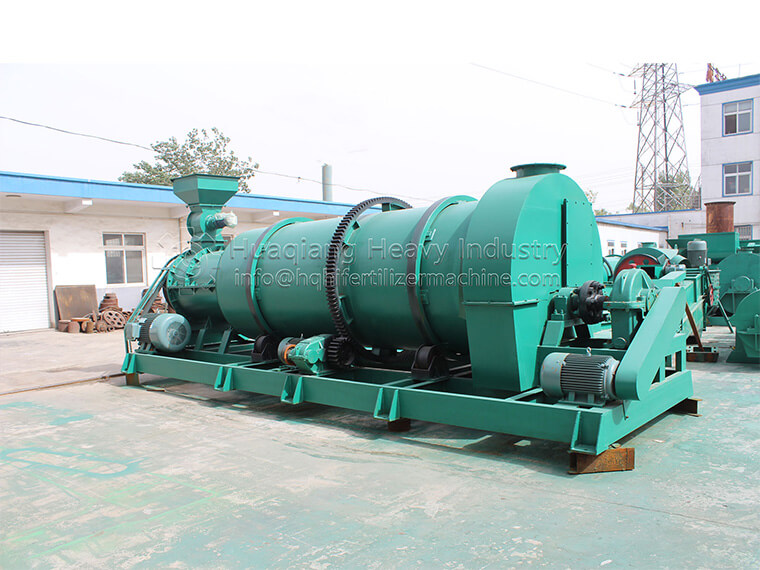The working principle and granulation process of organic fertilizer production equipment
Fermentation equipment for organic fertilizer: stacking type fermentation equipment: it covers a large area, the production cycle is about 2 months, the process is simple, and the cost is low. The processing capacity is 500-700 m3/h, and the price is about 50,000 yuan. Tank-type fermentation equipment: the floor area is one third of that of the bar-stack type, the fermentation period is about 1 month, the processing capacity is large, the operation is simple, unmanned, and the exhaust gas can be centrally sealed.
Oganic fertilizer mixer machine : double-shaft non-gravity mixer: organic raw materials are highly hygroscopic and cohesive, while auxiliary materials are relatively dry and light, so the moisture content and density of various materials are very different. The particle size requirement is not high, and it belongs to forced stirring.
Double-shaft paddle weightless mixer: using the principle of convection stirring, the material is thrown upward to form a fluid layer, and instantly loses weight to achieve the best mixing state, the mixing time of each batch is 5 min.

Common organic fertilizer granulation processes are: drum granulation, disc granulator machine, shotcrete granulation, high tower granulation, npk fertilizer granulator, and organic fertilizer granulation mainly adopts drum granulation, disc granulation. The main measurement indicators are the qualified granulation rate and the large ball rate.
The roller extrusion granulation integrates the powder extrusion molding, crushing, finished product screening and other processes into one, with a compact structure and convenient operation. The powder is continuously and uniformly added to the top of the two rolls from the hopper. Under the continuous rotation of the extrusion roll, the powder is bitten between the two rolls and extruded into a sheet, and then falls off under the action of centrifugal action and the sheet’s own gravity. The shaping wheel with toothed claws is divided into particles after being hit, and then enters the separating screen.

.jpg)


.jpg)
.jpg)


